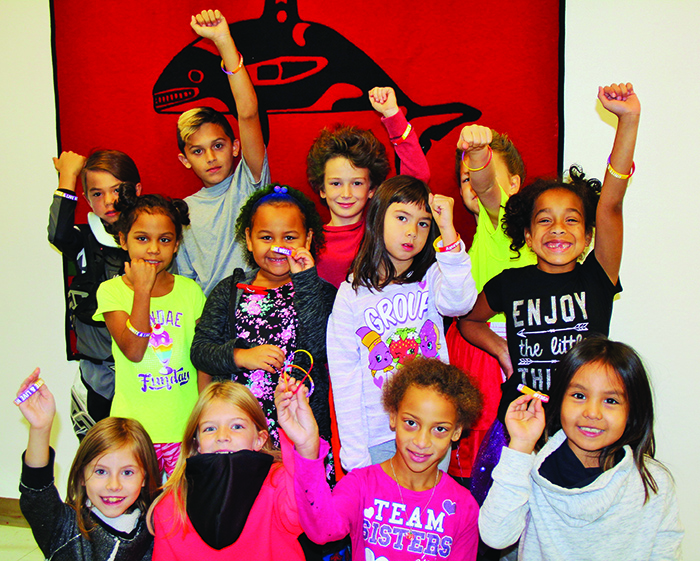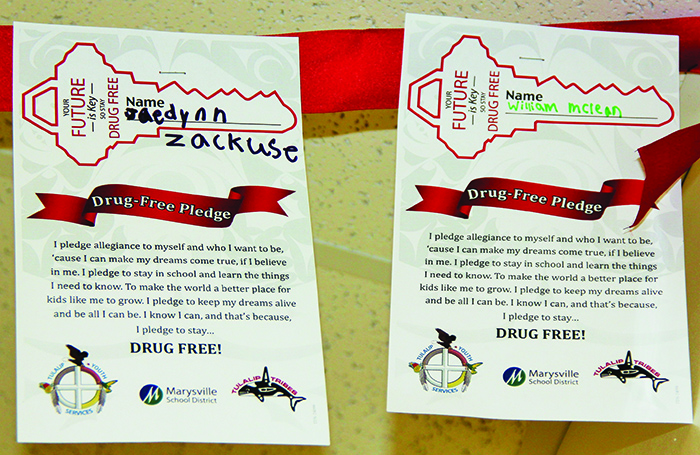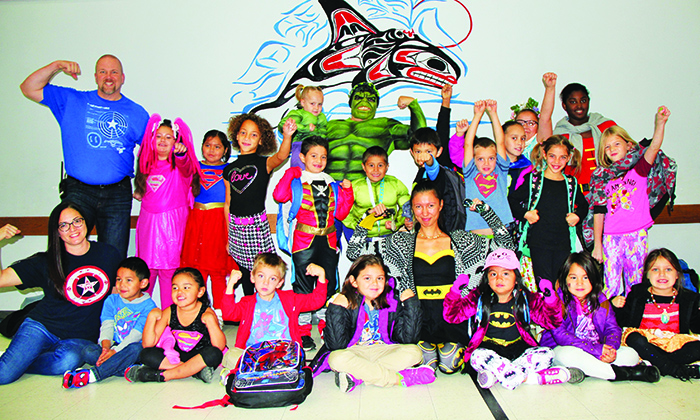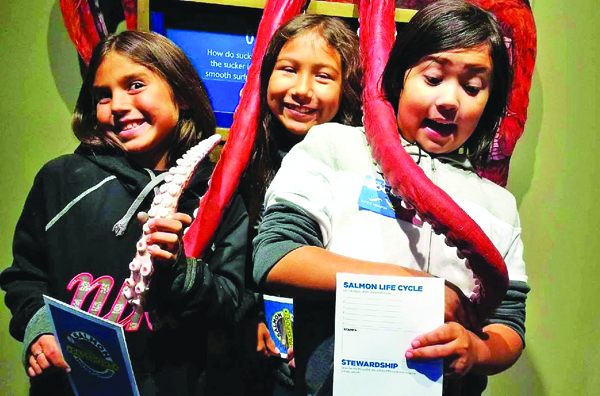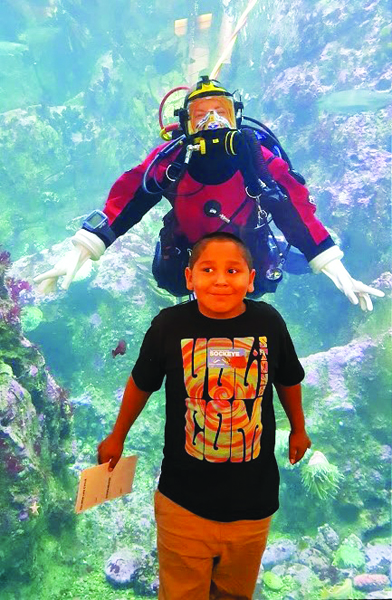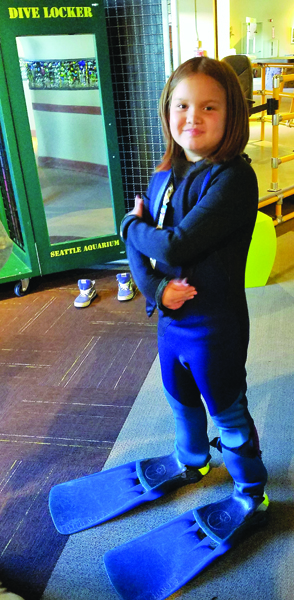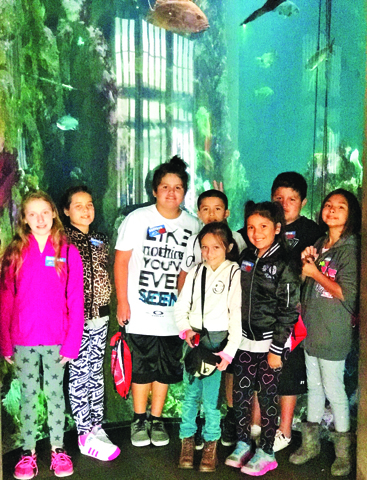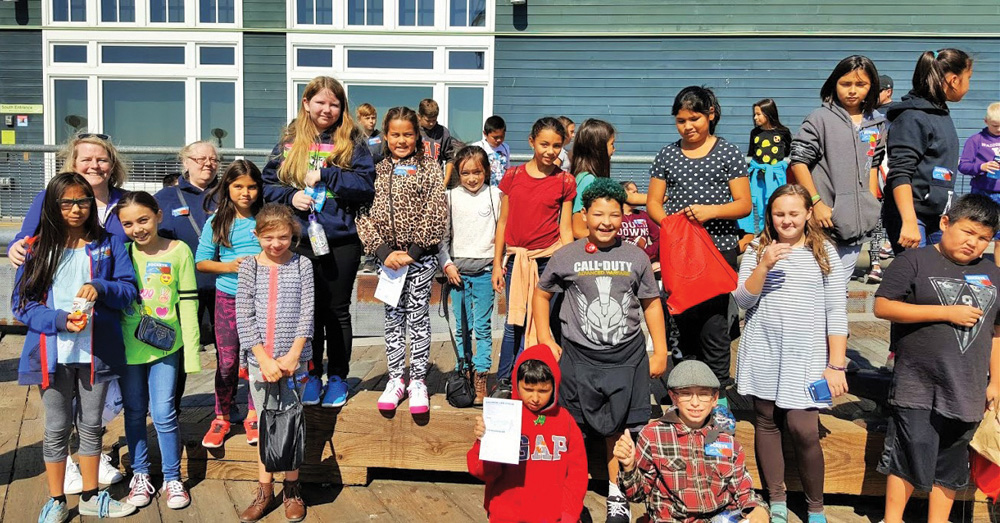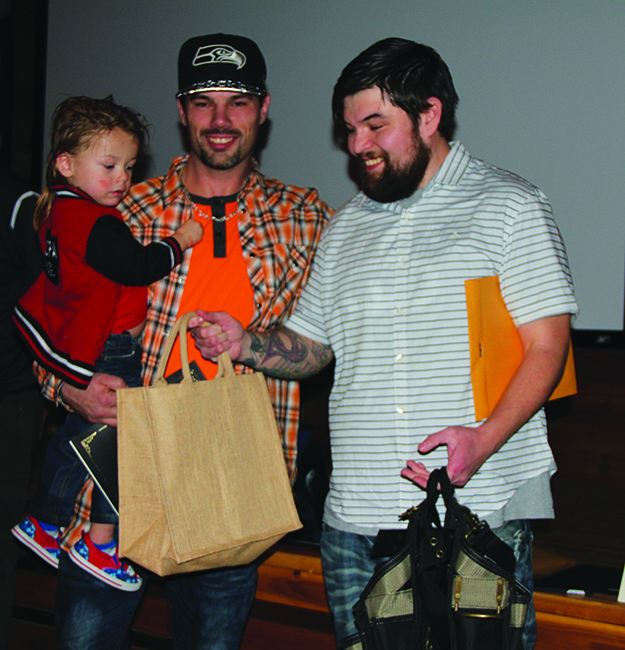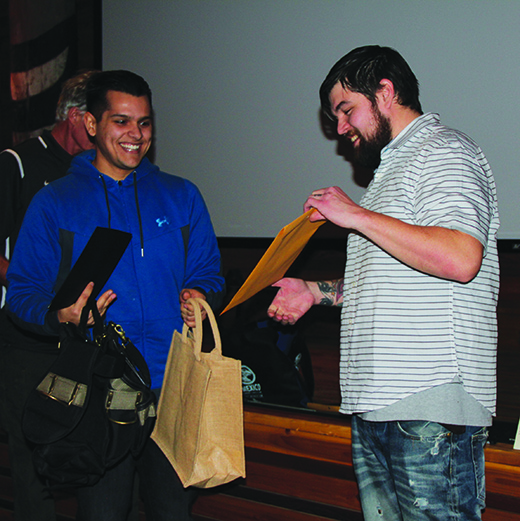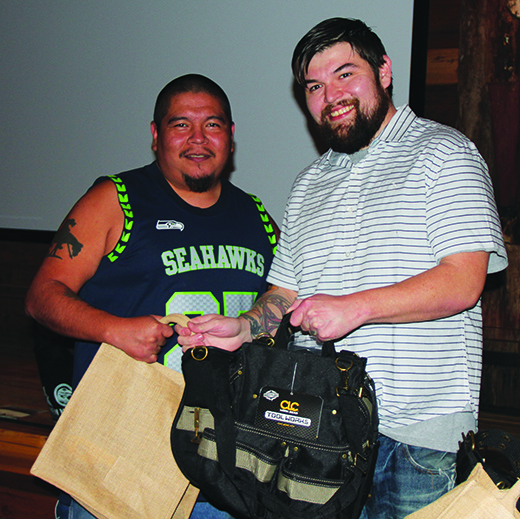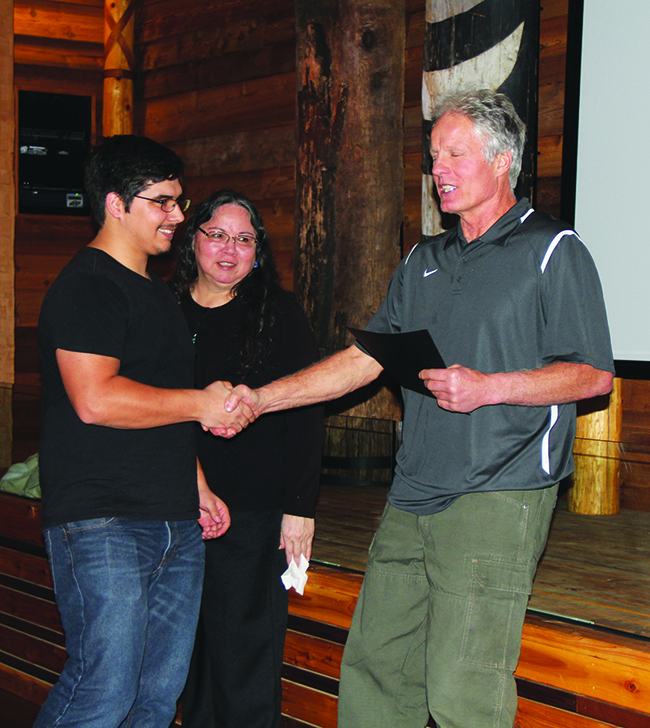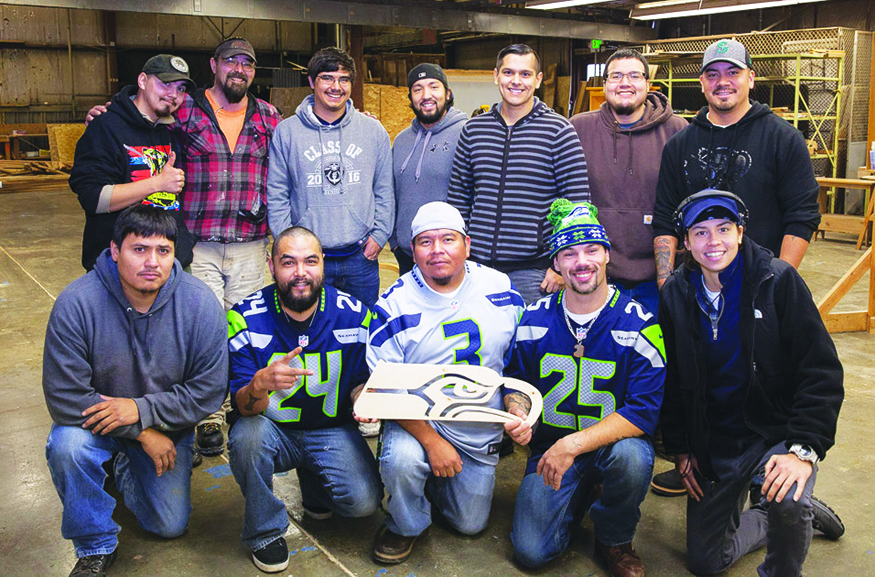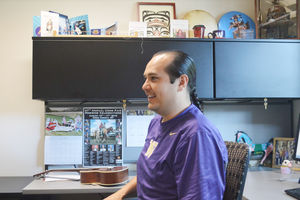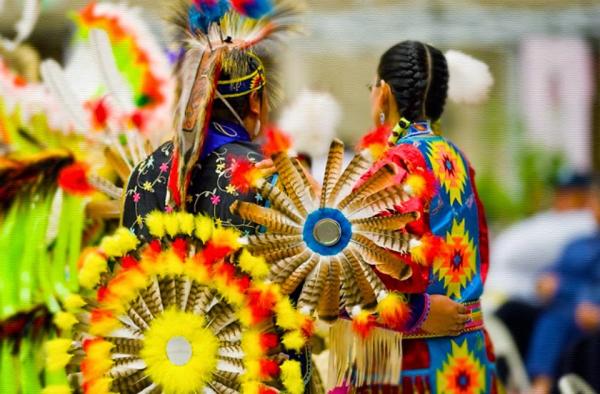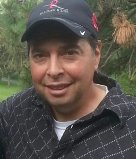In talking to my friend Al Paulson recently, it turned out we have a common problem. We can’t give away scholarships. What a shame.
In the modern age of computers, scholarships are everywhere, it seems. FastWeb, the most popular scholarship site, has over 1.5 million entries in its database. Other websites such as Scholarships.comhave similar numbers. But it’s hard to give them away, let me tell you. I have been doing it for 42 years, and we never have enough applicants.
Al Paulsen who lives in St. Paul, Minnesota founded Marketplace Productions 20 years ago. After he had some success in business, he and other members of the Minnesota American Indian Chamber of Commerce decided to launch an Indian scholarship program. But for almost a decade now, he has had trouble getting Native American studentsto apply for it.
Paulsen has worked with casinos and business development on Indian reservations for over 30 years now. His mother was a LaDuke from White Earth before she married his father Albin Paulsen. So Al is a first cousin of the famous Indian activist Winona LaDuke. He says his mother got hooked on his father because he was a member of a band that played in the local area.
They lived north of White Earth and farmed for a few years, and then moved to the Twin Cities. Albin got a job in the Ford plant and worked there until he retired. Al got a job at Ford after he finished high school, but the hard work convinced him he needed to go to college. He became one of the early White Earth citizens to finish college.
He picked St. Cloud State University(SCSU) because they had a great hockey team and he wanted to play. The Minnesota Chippewa Tribe (MCT) gave him a scholarship; without it, he says, he would not have been able to go to college. “Without that grant,” he told me, “I don’t know if I could have afforded to complete my college degree.” He finished in 1966, and is now in the SCSU Hall of Fame as a hockey player.
He was the first LaDuke to finish college, and Winona was the second. “By the end of my sophomore year,” he said, “I realized that educationwas a great equalizer, so I got serious about college and graduated in four and a half years.” He made the varsity hockey team as a freshman, and is still the only Indian ever to play hockeyfor St. Cloud State.
He paid for his first year himself, from work at Ford and from a rice business he had set up. But the scholarship from MCT paid his tuition for the rest of his college.
Al is also an enthusiastic volunteer, and has been for 20 years. “I am an instructor at Indian schools for Junior Achievement as my way of paying back for what the tribe did for me in paying for my tuition and books and assisting me in getting my college degree,” he told me. “I am also on the Diversity Council for MNSCU, the Minnesota State College and University board, overseeing 42 state colleges and tech colleges in Minnesota.”
“We talk a lot about retention rates and graduation rates, comparing all ethnic minorities with all the others and the caucasian student rates. There is a big difference in rates, with white students and Asian students having the best rates…and us Indians having the lowest rates. From our state, it appears the rates for Indian students are improving.”
The Indian Chamber, which he chaired for awhile, set up a scholarship fund several years ago to give two scholarships of copy,500 each to two students. They wanted to give them to students with business majors, but got so few applicants that they opened it to students with any major. And they still get only a handful of applicants.
I told him about some of my experiences trying to get Indian students to apply for scholarships. I was in Holbrook, Arizona 10 years ago to try to recruit Indian students for our scholarship.
We encourage students to apply not only for ours, but for every scholarship they can find. These days, that is 40 or more. We had a student from Laguna Pueblo four years ago, Isaiah Rodriguez, who found 102 scholarships—which is still our highest total. We have been going since 1986. The national record is still 200, which a black girl from Macon, Georgia accomplished in 1991. Her name is Marianne (Angel) Ragins, and she is now “Miss Scholarship.” She has written three books about how to win scholarships. Our reservation school libraries do not have these books.
As I talked to the students at Holbrook, I told them they should find all the local scholarships as well, such as Lions, Elks, Rotary, Moose, and so on. The counselor at Holbrook High School, Dean McNamee, whose daughter is one of our grads, piped up and said, “Yes, the Elks had four scholarships last year, and no one applied for them.”
That makes me sad. I hate to see any scholarship not be awarded. I know there is a student somewhere, maybe an Indian student, who could use that scholarship.
For four straight years, I visited one high school on the Navajoreservation to recruit students. But one day my assistant asked me why I was going there. “How many applicants have we gotten from there?” she asked.
I had to admit, “None.” She said, “Why are you going there every year?” I haven’t been back. But old hard headed here will probably go back this year. We have to talk to 100 students to get two to apply.
I know the high schools are not preparing Indian students for college. In a research project I did 15 years ago, fewer than 10 percent of Indian students had taken the courses in high school they needed to be ready for college.
Fewer than 10 percent had taken four years of English. Fewer than 10 percent had taken four years of science. Fewer than 10 percent had taken four years of math, including Algebra I, Algebra II, Geometry, and Trigonometry. Fewer than 5 percent had taken Calculus. If they go to college, they are going to have to take remedial classes, which is a real let down to the Indian valedictorian who was the BMOC (Big Man on Campus) in high school. Some of them never get over the humiliation. Is it any wonder that our dropout ratefor Indian college students is over 80 percent?
High school preparation for college is an excellent research project for a graduate student, by the way. I just finished reviewing dozens of articles and books for my next book, and there is very little research on the high school preparation of Indian students for college. The little that is there is surprising, sometimes. For instance, traditionalism has little to do with college success, according to one article. Another article reports that high GPA students drop out about as often as low GPA students, which is frustrating.
In the research I did, the average number of scholarships Indian students applied for was one. That is, most Indian students did not apply for any scholarships; they rely totally on federal financial aid. Then every twentieth student applied for 10 or 20 scholarships, bringing the average up to one.
Granted the scholarship application process is a little difficult. You should know what you are going to major in, and what you are going to do after graduation. But the rewards are huge. I tell students they should win all the scholarships they can, and if they have more than they need for college, they should give their momma money. And I mean it. Few students do that, but they should. And they can start their retirement with it if they want to.
There is a national scholarship group that was formed 15 years ago. It is an association of college and private scholarship people. I went to the first or second meeting, and several people told me they wanted to get applications from Indian students. “We never get an application from an Indian student,” they told me.
God bless Al Paulsen and the other people who are trying to run scholarship programs. Don’t give up, boys and girls. We need to develop all the talent we can in Indian country.
Dr. Dean Chavers is director of Catching the Dream. Founded in 1986, CTD awards scholarships to high potential Indian college students. It also works to improve Indian schools. His next book will be called “The American Indian Dropout.” It will be published in early 2013. He has written books on Indian leaders, racism in Indian country, exemplary Indian schools, and how to write winning proposals in the past 40 years.
